

When it comes to writing and publishing content on the web, “copying” is not something to be taken lightly. You can’t go around stealing or copy/pasting other people’s images or content and using it as your own. Some instances of this might be OK, but you must either get permission or give proper attribution. It can also be frustrating when you’re on the receiving end. You’ve worked hard on a piece of content or creating a beautiful image, and then someone uses it without your permission. 😠 This is why the DMCA exists. Today we’ll dive into how to properly handle a DMCA complaint against yourself as well as how to create a DMCA takedown notice.
The DMCA (Digital Millennium Copyright Act) is a United States copyright law focused on digital mediums that helps content owners get their stolen content removed in a fast and efficient manner. This extends to places such as Internet Service Providers (ISP), web hosting providers, and search engines.
Over the last decade, it has become very important for bloggers, webmasters, and hosts to understand how the DMCA procedure works so that everyone can keep their content protected; as well as knowing how to deal with complaints or notices when they arrive. According to Google’s transparency report, requests to remove content due to copyright have been increasing rapidly.
As over March 2019, URLs requested to be removed due to copyright issues has surpassed 4 billion!

You might see the term or phrase “DMCA protected” in the footer of some websites or even on a badge. However, this is slightly redundant, simply due to the fact that any published work in the United States is already protected by the DMCA.
However, if you see badge like this one below, it might mean the website is using a service like DMCA.com which provides copyright protection services. In other words, the website owner is paying DMCA.com to handle the takedown notices for them.
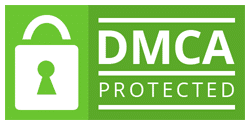
The first thing you should know is how to deal with a DMCA takedown notice when it is filed against you. Generally, when your ISP or web hosting provider receives a DMCA complaint they will demand the removal of the content immediately, or do it for you. And by this, it sometimes means they even shut off your hosting. So don’t ignore emails about DMCA takedown notices.
Your provider might not necessarily even check into whether or not your content is actually infringing. Depending on their location, they might be legally obligated to take this content down and will do so in a fast and efficient manner.
If you believe that you received a complaint in error, or that you do in fact own the content, then you can submit a DMCA counter-notice. Under section 512(f) of the DMCA, any person who knowingly materially misrepresents that material or activity was removed or disabled by mistake or misidentification may be subject to liability. So be very careful when you file a DMCA counter-notice, if you are not sure whether or not you own the content then you should probably seek legal advice.
Your counter-notice needs to contain the following information:
The other side of the DMCA process is when you find that someone else has stolen your content. Here are the steps you can follow to ensure it gets taken down.
Before drafting up an official DMCA complaint, it can sometimes be quicker to email the owner of the website directly. You can check to see if they list their email anywhere online or if they have a contact form on their website. After getting an email like this, some will just remove the content right away.
Here is a template we use. Feel free to copy and modify it:
I work for [COMPANY] and we discovered your website (https://domain.com) has been using content that is owned by us.
Here are some examples of our content:Please remove all copyrighted content belonging to [COMPANY] immediately otherwise we’ll have to proceed with filing a DMCA complaint.
I have created a case ID #xxxx to track this issue until it is resolved. If you have any questions regarding this, let me know.Due to the fact that people are busy and sometimes miss emails, you might want to try sending an email more than once. Here you can find a few solid tips on how to find anyone’s email address.
If they don’t respond then you can proceed with the steps below.
The very first thing you have to do is find the person’s web host so that you know where to file the DMCA complaint. An easy way to do this is to look up the IP address of the website. You can either ping it or use a free online tool like Domain Tools. In this example below, we are using a site that is hosted on Kinsta on Google Cloud Platform. You can see Domain Tools easily shows us the IP address of the domain we looked up.

You can then take the IP address and look it up using the ARIN Whois Service. They have a good database of records and comments about which IPs are owned by which companies. You can see in this example once we looked up the IP address, it immediately shows us that it is on a netblock used by Google Cloud customers and the email address and web page for abuse complaints.
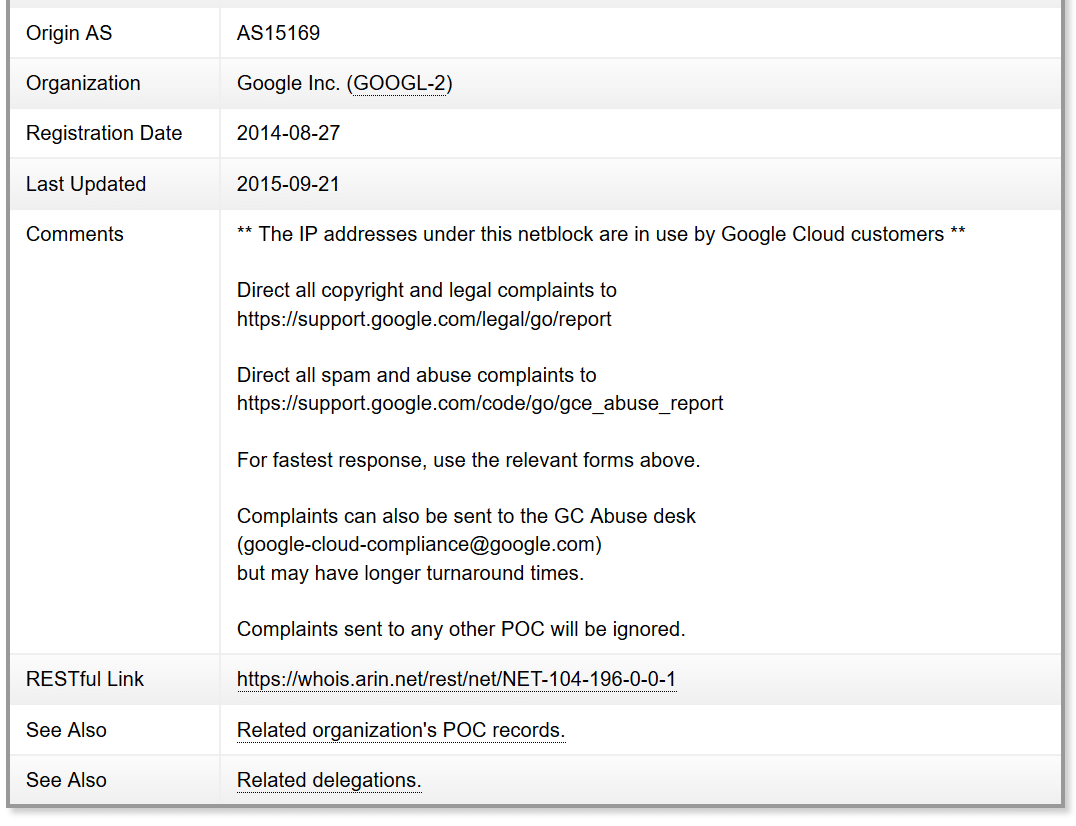
DMCA also has a great free Whois lookup that generates network information. You are limited to 5 free lookups per month. Another alternative you can try if the above doesn’t render any good results is the free Who is Hosting This tool from HostAdvice.
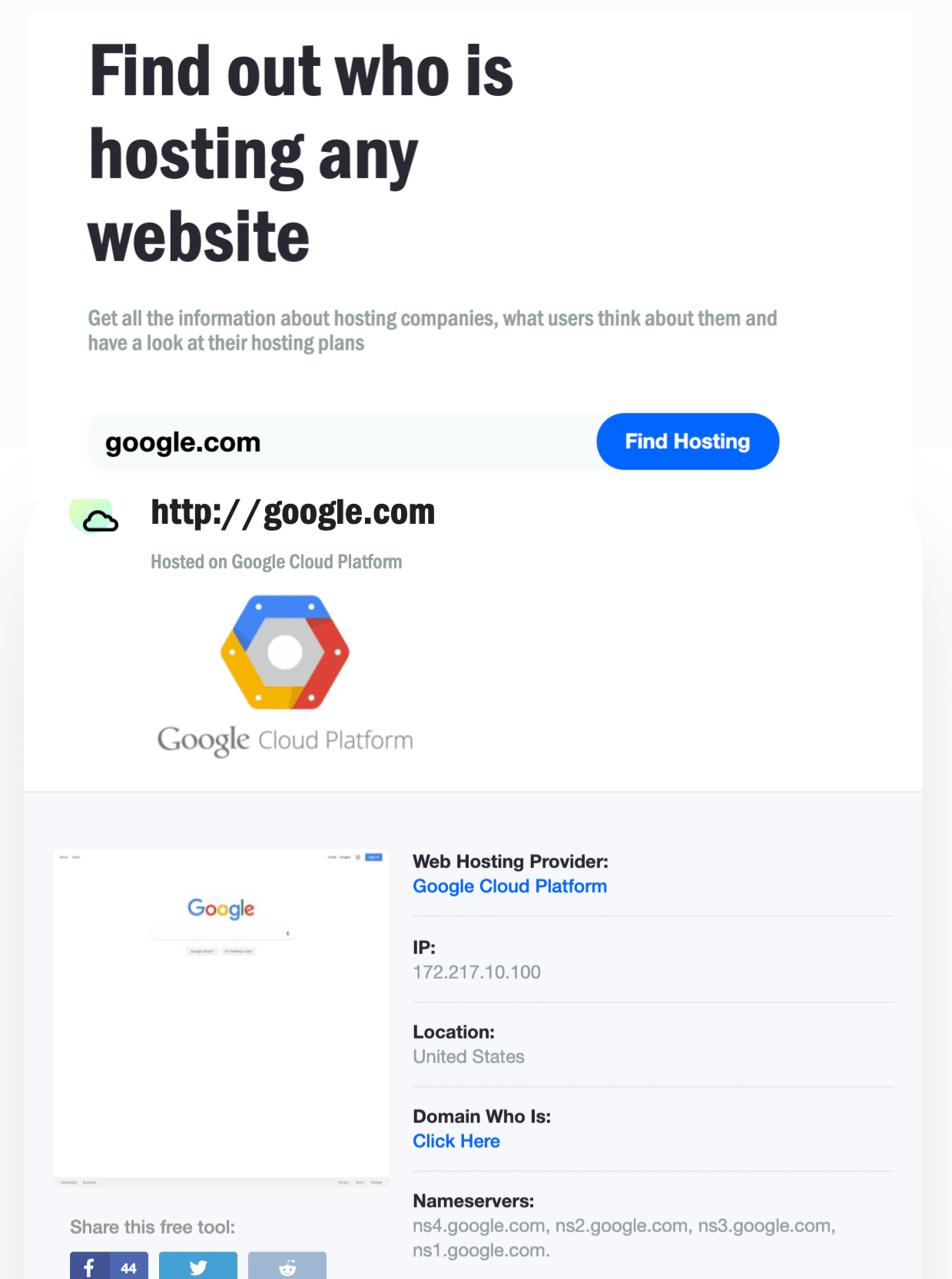
Note: If they are running behind a CDN or proxy such as Cloudflare, this makes it a lot harder as they will show as the owner of the IP address. In that scenario, you might have more luck reaching out to the individual site owner first (if you haven’t already). However, Cloudflare does have a DMCA complaint form.
Now that you know where the person’s content is hosted you must submit the complaint. Most providers have easy ways to access them. Look on their contact pages, or in the footer for anything that says “complaints” or “abuse.” Here are a couple of links to some common providers.
If you can’t find an online form then you must contact a DMCA agent directly. This is usually a long drawn out process. Contacting the web host or ISP provider directly is usually the fastest way. You can also pay a professional team to handle the DMCA takedown for you.
You must include the following information to ensure your takedown complaint is handled properly.
Here is a DMCA takedown template that we use. Feel free to copy and modify it:
If the original content is taken down, then it will automatically get removed from the search engines. However, if for some reason the above process fails, you can also submit a complaint directly with Google and Bing.
While this won’t always get it removed from the person’s site, it will at least remove it from SERPs so that nobody can find it. It will also ensure that it never ranks over your own content.
Remove Content From Google Search
To remove content from Google Search, use this tool. Select the “Web Search” option and fill out the remaining questions according to your individual case.
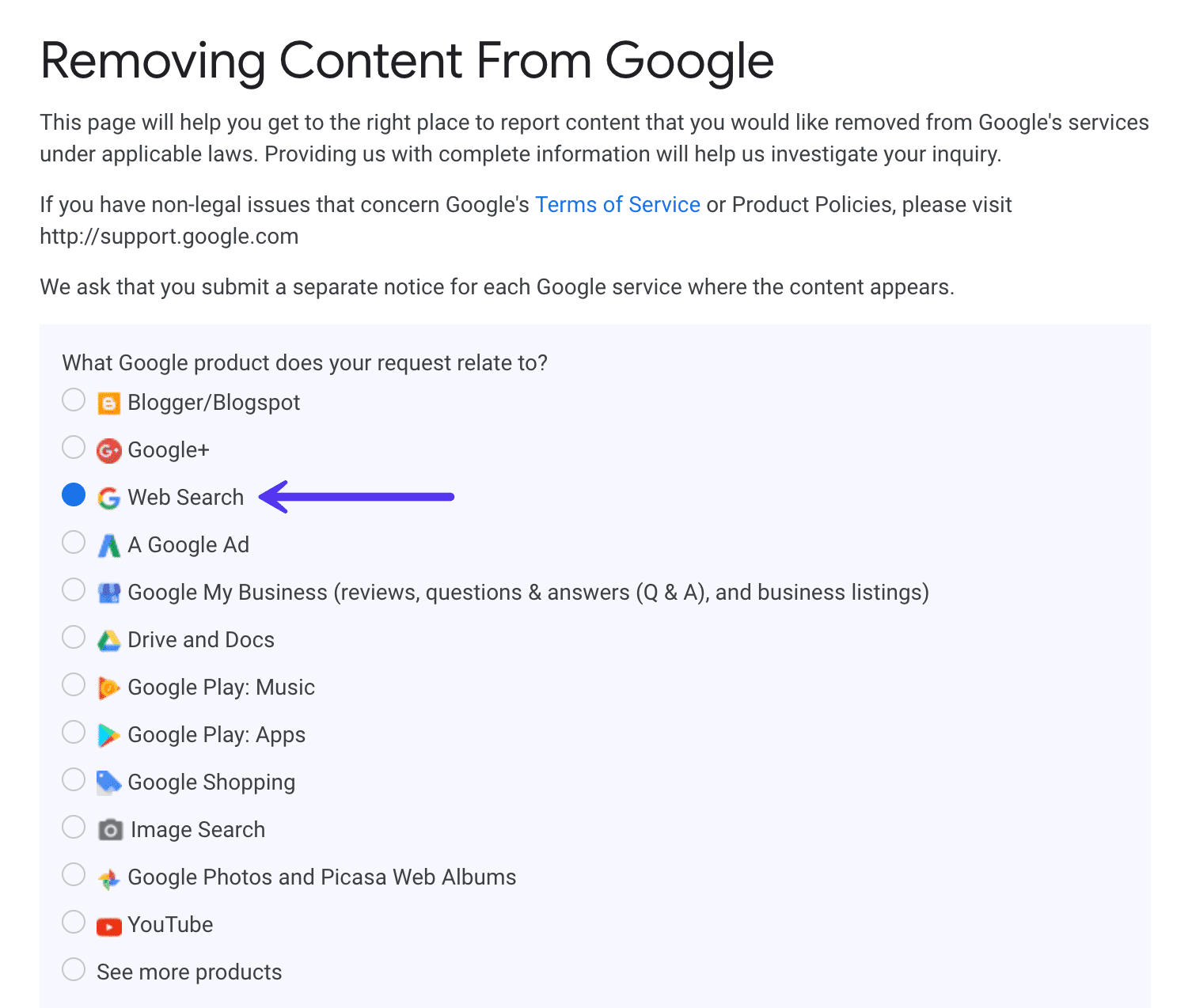
Remove Content From Bing Search
To remove content from Bing Search, use this tool, and fill out their copyright infringement report.
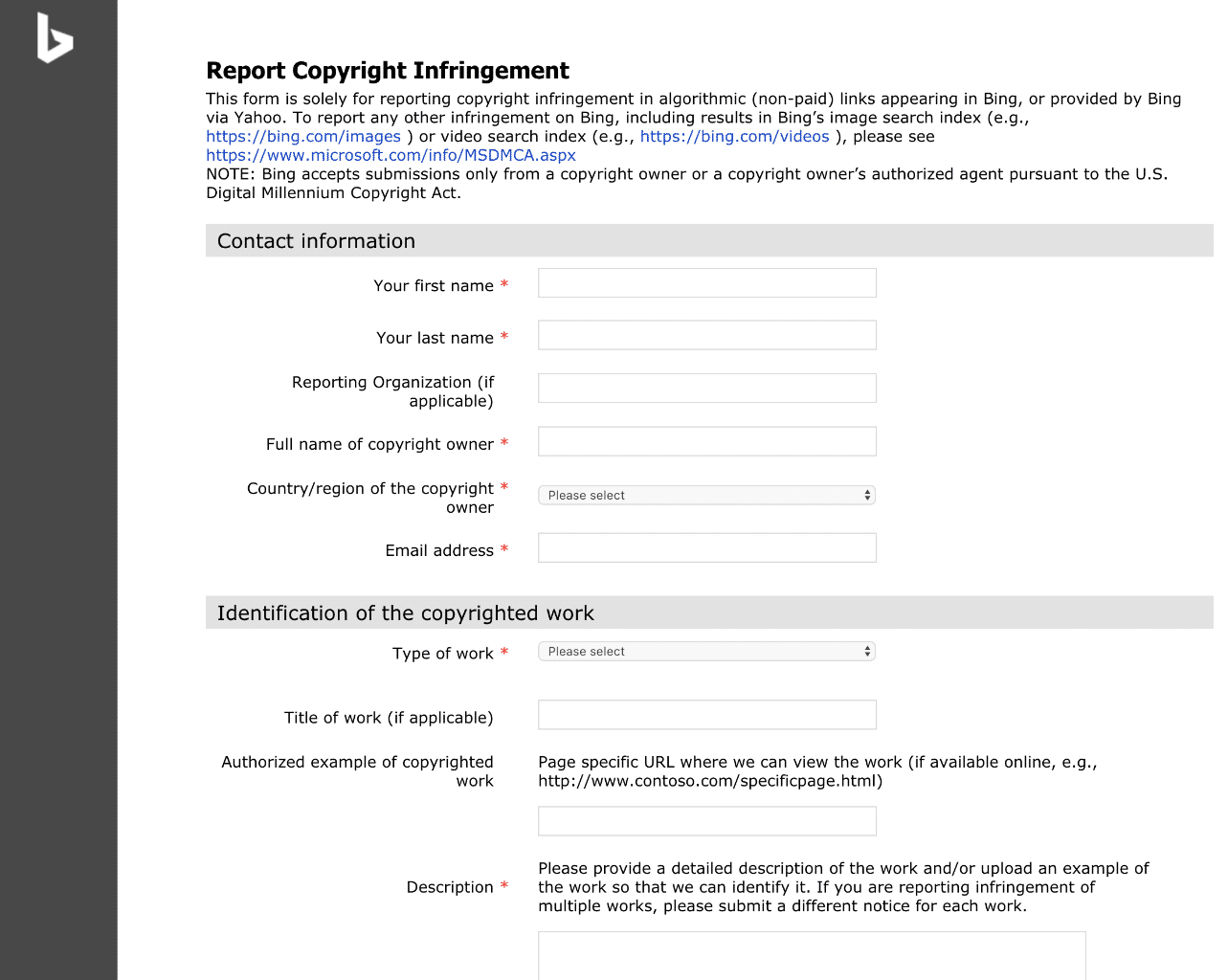
Generally, a DMCA takedown notice will take around 72 hours. However, we’ve seen them go really quick (within 24 hours) and also drag on for 6+ months. This depends on a couple of things:
Hopefully, now you now know a little more about DMCA and how takedown notices work, both when filed against you and when you need to protect your own content.
Have any experience with people copying your content or images? We’d love to hear about it below in the comments.
Save time and costs, plus maximize site performance, with $300+ worth of enterprise-level integrations included in every Managed WordPress plan. This includes a high-performance CDN, DDoS protection, malware and hack mitigation, edge caching, and Google’s fastest CPU machines. Get started with no long-term contracts, assisted migrations, and a 30-day money-back guarantee.
Check out our plans or talk to sales to find the plan that’s right for you.